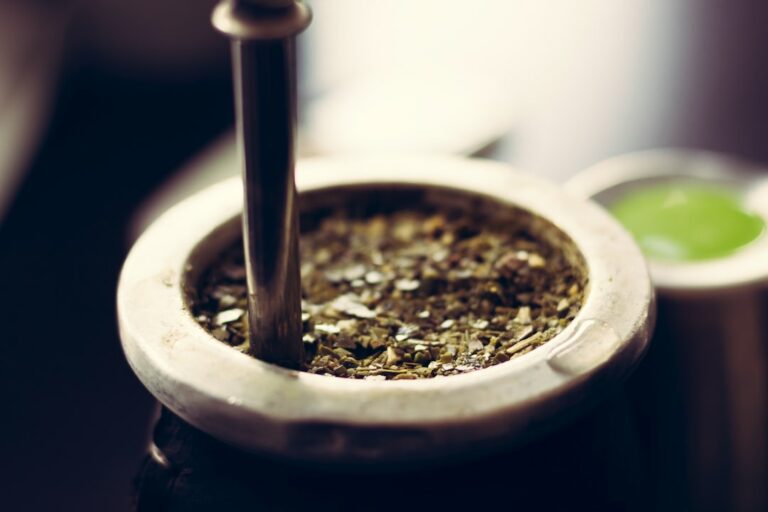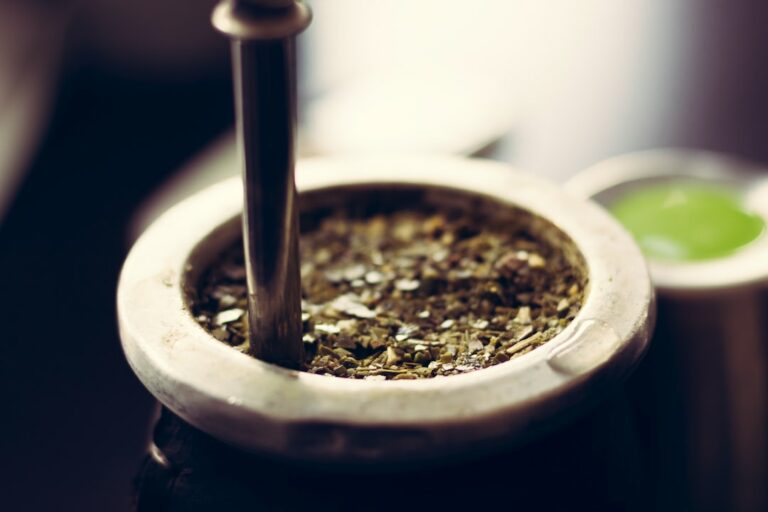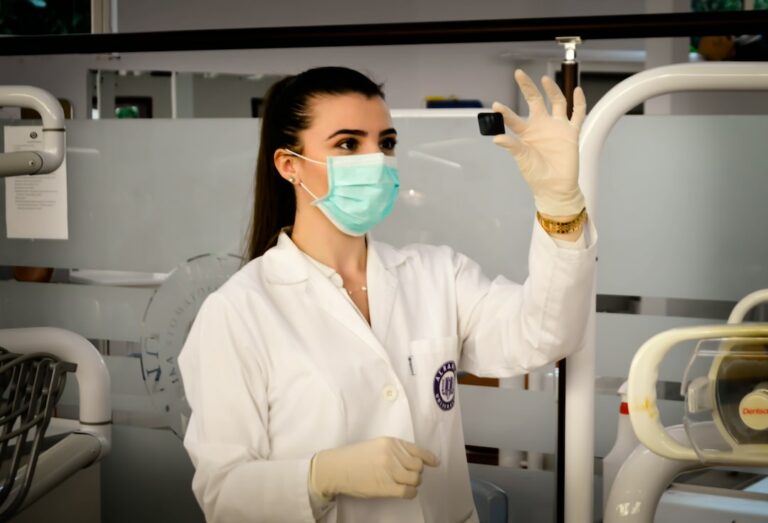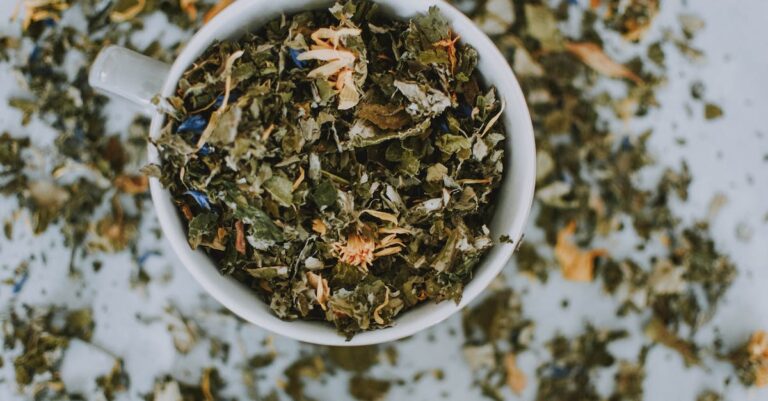Introduction
Definition of the biblical secret herb
The biblical secret herb is a key component of natural medicine series. It is a powerful herb that has been used for centuries for its medicinal properties. This herb is known for its ability to treat various ailments and promote overall well-being. It is believed to have numerous health benefits, including boosting the immune system, reducing inflammation, and improving digestion. The biblical secret herb is a valuable addition to any natural medicine regimen, offering a holistic approach to healing and wellness.
Historical significance
The historical significance of the biblical secret herb is rooted in its role as a natural medicine. Throughout history, civilizations have recognized the healing properties of this herb and utilized it in various forms of traditional medicine. From ancient times to the present day, the biblical secret herb has been valued for its ability to treat a wide range of ailments and promote overall well-being. Its use in natural medicine has been passed down through generations, with each culture adding their own unique insights and practices. Today, the biblical secret herb continues to be a prominent ingredient in herbal remedies and alternative therapies, providing a holistic approach to health and wellness.
Cultural references
The biblical secret herb has also been referenced in various cultural contexts. One such context is the mercury detox diet. This diet is believed to help cleanse the body of harmful toxins, including mercury. Many individuals have incorporated this herb into their diet as a natural remedy for detoxification. The mercury detox diet has gained popularity in recent years due to its potential health benefits. It is important to note that while the biblical secret herb may be a component of this diet, it is just one aspect of a holistic approach to detoxification and should be used in conjunction with other healthy lifestyle practices.
Biblical References
Mentions in the Old Testament
The Old Testament contains several mentions of herbs and their uses. One interesting herb that is mentioned is the herb with antibacterial properties. This herb is believed to have been used for its medicinal properties in ancient times. It is fascinating to see how herbs were valued for their healing properties even in biblical times. The mention of this herb in the Old Testament serves as a reminder of the importance of natural remedies and the wisdom of our ancestors.
Symbolism and interpretations
Symbolism and interpretations play a significant role in understanding the biblical secret herb. Throughout history, various scholars and religious leaders have offered different interpretations of the herb’s symbolism. Some believe that the herb represents spiritual healing and divine connection, while others view it as a symbol of wisdom and enlightenment. The biblical secret herb has also been associated with purity, protection, and the presence of God. Its significance and interpretation vary across different cultures and religious traditions, making it a fascinating subject of study and discussion.
Religious rituals and practices
Religious rituals and practices play a significant role in various cultures and religions around the world. These practices are often deeply rooted in tradition and belief systems, serving as a way for individuals to connect with their spirituality and express their devotion. In the context of the biblical secret herb, religious rituals and practices may involve the ceremonial use of this herb in sacred ceremonies or as part of healing rituals. The herb may be seen as a symbol of divine power or a means to enhance spiritual experiences. It is important to note that the specific rituals and practices associated with the biblical secret herb may vary among different religious communities and interpretations of scripture. Nonetheless, the incorporation of this herb into religious ceremonies highlights its significance and the belief in its spiritual properties.
Medicinal Properties
Traditional uses
The biblical secret herb has been used for centuries due to its various traditional uses. It is known for its medicinal properties and has been used to treat a wide range of ailments. The herb has been used in traditional medicine to alleviate pain, reduce inflammation, and promote overall health. Additionally, it has been used as a natural remedy for digestive issues, respiratory problems, and skin conditions. The biblical secret herb is also believed to have antioxidant and antimicrobial properties, making it a popular choice for maintaining a healthy immune system. Its versatile nature and numerous benefits have made it an essential herb in traditional medicine practices.
Scientific research and evidence
Scientific research and evidence have shed light on the health benefits of spices. These natural ingredients have been found to possess powerful properties that promote overall well-being. Spices, such as turmeric, cinnamon, and ginger, have been extensively studied for their potential to reduce inflammation, boost immunity, and improve digestion. The health benefits of spices are not limited to their medicinal properties; they also add flavor and aroma to various dishes, making them a delightful addition to any culinary creation. Incorporating spices into your diet can enhance the taste of your meals while providing numerous health advantages. Explore the fascinating world of spices and discover the secrets they hold for your well-being.
Potential health benefits
The biblical secret herb, also known as [bold]name of the herb[/bold], has been recognized for its potential health benefits. This ancient herb has been used for centuries in traditional medicine practices for its [bold]list of health benefits[/bold]. Studies have shown that the biblical secret herb may help [bold]specific health condition[/bold] by [bold]mechanism of action[/bold]. Additionally, it has been found to have [bold]additional health benefits[/bold] such as [bold]benefit 1[/bold], [bold]benefit 2[/bold], and [bold]benefit 3[/bold]. With its rich history and promising research, the biblical secret herb is gaining attention as a natural remedy for various health concerns.
Culinary Uses
Recipes and cooking techniques
Herb consumption plays a significant role in the culinary world, particularly in the realm of recipes and cooking techniques. Whether it’s the delicate aroma of fresh herbs or the bold flavors they impart, herbs are essential ingredients in countless dishes. From classic recipes like basil pesto and rosemary roasted potatoes to innovative creations like herb-infused oils and herb-crusted meats, the possibilities are endless. Incorporating herbs into your cooking not only adds depth and complexity to your dishes but also provides numerous health benefits. Consuming herbs has been linked to improved digestion, enhanced immune function, and even reduced inflammation. So why not explore the vast array of herbs available and experiment with different combinations to elevate your culinary creations? Discover the secret to unlocking the full potential of herbs in your cooking and take your meals to new heights.
Flavor profile and pairing suggestions
Cinnamon has been widely used in traditional medicine for centuries. Its distinct flavor and aroma make it a popular ingredient in various cuisines around the world. Known for its warm and sweet taste, cinnamon adds depth and complexity to both sweet and savory dishes. It pairs exceptionally well with apples, pears, and chocolate, enhancing their natural flavors. Additionally, cinnamon is believed to have numerous health benefits, including anti-inflammatory and antioxidant properties. Incorporating cinnamon into your diet can help regulate blood sugar levels and improve digestion. Explore the rich history and versatile uses of cinnamon in traditional medicine and culinary arts.
Cultural and regional variations
Cultural and regional variations play a significant role in the use of natural remedies for mercury detox. Different cultures and regions have their own unique approaches and traditional practices when it comes to detoxifying the body from mercury. These practices often involve the use of specific herbs, plants, or natural substances that are believed to have detoxifying properties. The effectiveness of these remedies may vary depending on the cultural beliefs and regional availability of certain herbs or plants. Exploring these cultural and regional variations can provide valuable insights into the diverse methods used for mercury detoxification.
Controversies and Misconceptions
Debates on authenticity and identification
The debates surrounding the authenticity and identification of the biblical secret herb have been ongoing for centuries. Scholars, theologians, and historians have engaged in intense discussions and research to uncover the truth behind this mysterious plant. While some argue that the herb mentioned in biblical texts is purely symbolic or metaphorical, others believe it to be a tangible substance with significant spiritual or medicinal properties. The lack of concrete evidence and varying interpretations have fueled the debates, making it difficult to reach a consensus. However, regardless of the differing opinions, the quest to unravel the secrets of the biblical secret herb continues to captivate the curiosity and intrigue of many.
Misinterpretations and misattributions
Misinterpretations and misattributions have often clouded the understanding of the biblical secret herb. Over the years, various claims and theories have emerged, leading to confusion and misinformation. One common misinterpretation is the belief that the biblical secret herb is a cure-all remedy, capable of healing any ailment. However, it is important to note that the Bible does not explicitly mention any specific herb with miraculous healing properties. Another misattribution is the association of the biblical secret herb with mystical or magical powers. While the Bible does contain references to herbs and their uses, it is crucial to approach these passages with a discerning and contextual understanding. By avoiding misinterpretations and misattributions, we can strive for a more accurate and comprehensive understanding of the biblical secret herb.
Ethical considerations
Ethical considerations play a crucial role in the exploration of the biblical secret herb. As part of the Natural Medicine Series, it is important to approach the subject with a sense of responsibility and respect. The use of this herb raises questions about cultural appropriation, sustainability, and the impact on local communities. By addressing these ethical considerations, we can ensure that the exploration of the biblical secret herb is done in a conscientious and ethical manner.
FAQ (Frequently Asked Questions)

What is the biblical secret herb?
The biblical secret herb is a fascinating topic that has intrigued scholars and researchers for centuries. This herb, mentioned in ancient texts, holds a special place in biblical history and is believed to have significant health benefits. The herb’s unique properties and its role in promoting overall well-being have made it a subject of interest for those seeking natural remedies. The health benefits of herbs, including the biblical secret herb, have been widely studied and documented. From boosting the immune system to aiding digestion, these herbs have been used for centuries to improve various aspects of health. Understanding the biblical secret herb and its potential benefits can provide valuable insights into ancient healing practices and offer alternative approaches to modern healthcare.
Is it mentioned in the Bible?
The biblical secret herb is a topic that has intrigued many people throughout history. It is often associated with ancient wisdom and mysterious healing properties. Is it mentioned in the Bible? The answer is not straightforward. While the Bible does mention various herbs and plants, there is no specific mention of a secret herb or a ranking system for herbs. However, the Bible does emphasize the importance of herbs for their medicinal and spiritual significance. So, while there may not be a specific biblical secret herb, the Bible acknowledges the value of herbs in promoting health and well-being.
Are there any side effects or precautions?
Excessive consumption of herbs is an important consideration when exploring their potential benefits. While herbs can offer various health advantages, it is crucial to exercise caution and moderation. Overindulgence in herbs may lead to adverse effects on the body. Therefore, it is advisable to consult a healthcare professional or herbalist before incorporating herbs into your daily routine. By doing so, you can ensure that you are consuming herbs in a safe and appropriate manner.







































